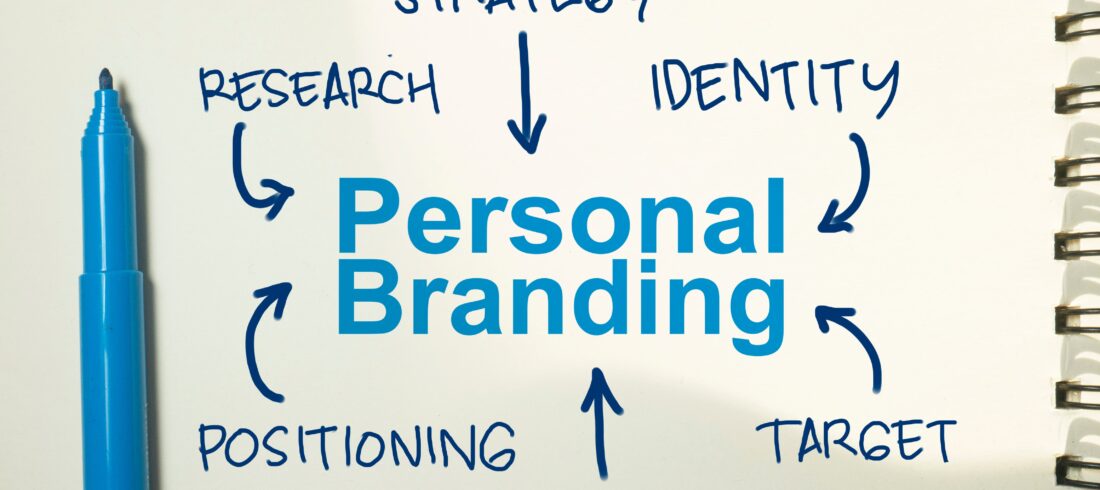Coping with a disability can be incredibly challenging, especially when it impacts your ability to work and earn money. Social Security Disability Insurance (SSDI) is here to help in such situations. This program offers financial assistance to those who can’t work because of significant health problems. Since SSDI is funded through payroll taxes, it represents a benefit you’ve rightfully earned through your work history. It acts as a financial cushion, providing you with stability when it’s most critical, with potential benefits of up to $4,018. Knowing how SSDI operates and what to anticipate from it can help ease the difficulties during such tough times.
What is Social Security Disability Insurance (SSDI)?
Sometimes life surprises us with unexpected challenges. For instance, imagine everything is going smoothly and suddenly you’re dealing with a disability that completely changes your life. This is where Social Security Disability Insurance (SSDI) becomes essential. SSDI is a crucial program for countless Americans who can no longer work because of a disability. This isn’t just a giveaway; it’s a benefit you earn through payroll taxes you’ve paid. It acts as a safety net, ready to support you if you find yourself in need. If that time comes, you’ll likely be very thankful for this support.
How Much Could You Get?
In 2025, the highest Social Security disability benefit is $4,018 per month. Social Security disability payments are based on average lifetime earnings covered by Social Security. Other benefits, like workers’ compensation, can reduce SSDI payments. You can check the SSA‘s online benefits calculator to see what you might receive. Typically, you’ll keep getting Social Security disability payments unless your condition improves. The SSA reviews cases periodically to ensure recipients still qualify.
Eligibility Criteria for SSDI
To be eligible for SSDI (Social Security Disability Insurance), you must have a medical condition that’s severe enough to keep you from working for at least a year or one that is likely to lead to death. Your condition must also meet the specific criteria for disability defined by Social Security.
It’s not only about your health, though. You also need to have put in enough work hours and contributed to Social Security through taxes. The required amount of work varies depending on how old you are when you become disabled. Generally, you’re expected to have 40 work credits, half of which should have been earned in the last 10 years. However, under certain circumstances, you might qualify with fewer credits.
The Application Process for SSDI Benefits
The first step is to gather all the necessary documents. This includes your medical records, work history, and proof of citizenship or legal residency. It’s important to be thorough and accurate in your application since missing or incorrect information can cause delays or even denial of benefits.
Required Documents for SSDI Application
When you apply for SSDI, you’ll need to gather some important documents. First, you need your birth certificate or another document that proves when and where you were born. You also need to show that you’re a U.S. citizen or legally allowed to live in the U.S. Plus, you should provide your W-2 forms or tax returns from self-employment for the last year. But that’s not all. You’ll need to provide medical records that prove your disability and fill out an Adult Disability Report, which explains your health problems, injuries, or conditions.
The more documents you can provide upfront, the smoother the application process will be. Don’t worry if you don’t have everything—the Social Security Administration (SSA) will help you gather any missing pieces. Once you submit your application, you’ll need to wait while the SSA reviews your case to decide if you qualify for benefits. This process can take several months, so be patient. Typically, there is a five-month waiting period before you can receive your first SSDI payment. You can handle the application process over the phone, in person, or online.
Transition from Disability Benefits to Retirement Benefits
A common misunderstanding about SSDI is that it lasts forever. Actually, SSDI benefits change into retirement benefits when you reach full retirement age (if you still qualify for SSDI). This switch happens automatically, so you don’t need to apply again or do anything extra. Your SSDI benefits will just become retirement benefits, and the amount you get will stay the same. While you’re getting SSDI, you also earn retirement credits.
Conclusion
Navigating life with a disability can be tough, but there’s support available through Social Security Disability Insurance (SSDI). This program rewards your years of work and tax contributions by providing financial aid when you’re unable to work due to a serious health issue. Understanding how to meet the eligibility requirements and successfully apply for SSDI can alleviate some of the stress. When you reach the age for full retirement, your SSDI benefits seamlessly transition to retirement benefits, ensuring you continue to have financial support while focusing on your health and personal care.



